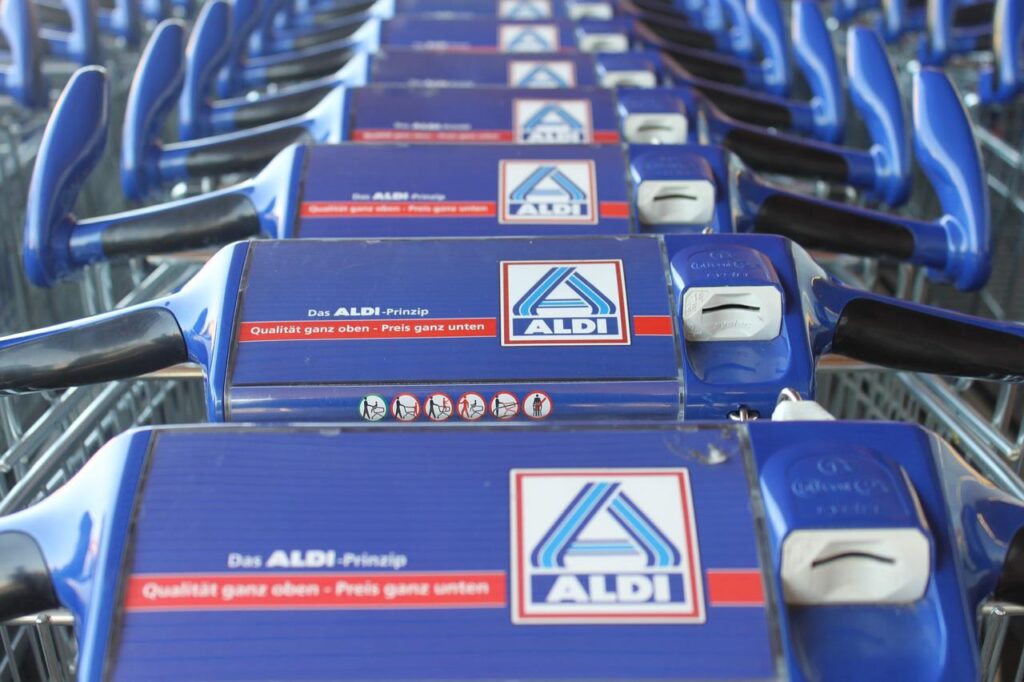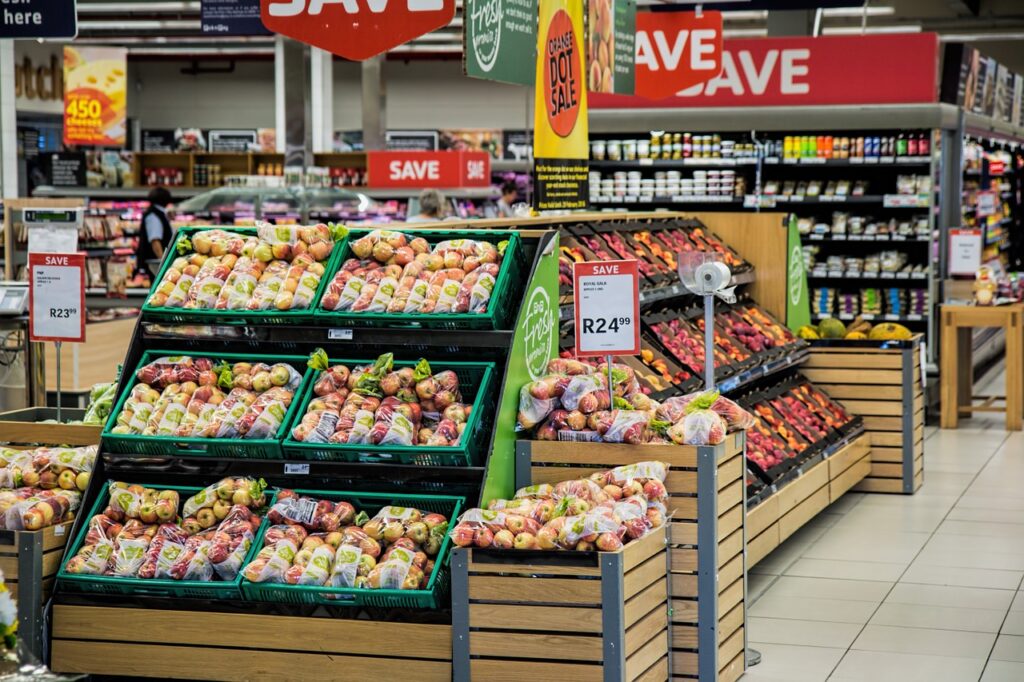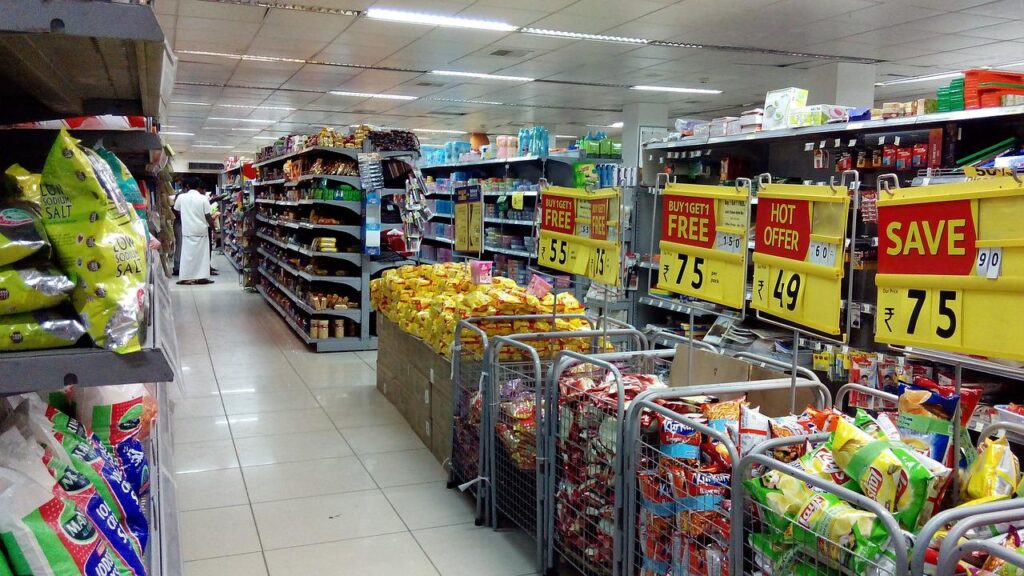Recently, Roman rasinger, managing director of ALDI China said that he plans to continue to open hundreds of branches in China. In Shanghai alone, ALDI may open more than three digit stores.
ALDI is a German food chain supermarket. At present, all stores in China are in Shanghai. There are a total of 27 stores (500-800 square meters each store ). Among them, there are 11 in shopping centers, 3 in commercial projects and 13 in communities. The sales of each store will be 20 million yuan this year.

Since the outbreak of the global epidemic, ALDI has expanded wildly. With 2158 stores, it’s now the third largest grocer in the United States, second only to Kroger and Wal Mart. In 2021, ALDI had the fastest growth in the number of stores in the United States.
Now, it wants to replicate the growth myth in the United States in the Chinese market.
However, the frustrating situation of the retail industry is obvious. According to incomplete statistics, in the first half of 2022, nearly 2500 offline stores closed. Among them, there were Wal Mart, Carrefour, RT mart, jiajiayue, Renrenle, HEMA and other well-known brands. In late July, Wal Mart lowered its annual profit index. It was surprising because it was the second profit warning in 10 weeks.
However, the recovery of China’s social consumption level still takes time. The rapid development of ALDI is in sharp contrast to the current depressed offline retail environment in China. How does this supermarket chain brand from Germany do it?

Transforming ALDI
This brand is very good at finding business opportunities during the economic depression. ALDI was founded in the period of severe economic recession during World War II. It has always attracted many consumers who hope to save money during the economic downturn with large discounts. For example, in the United States, the price of ALDI products is on average 15% lower than that of Wal Mart.
ALDI relies on cheap products and neglects services overseas. Under the similar economic situation, this time ALDI has taken a completely different path in China.
The reality is that China’s retail market is already full of ‘price war’. As a result, it is difficult for ALDI to completely copy the hard discount store model.In addition, Chinese consumers’ demand for foreign supermarkets is mainly product quality and service. All these have made the German brand change its path in China.
ALDI’s target customers in China are middle-class consumers. It is the most active foreign supermarket and the key is e-commerce. Two years before the opening of offline stores, ALDI successively opened tmall flagship stores and wechat mall.
Differentiated strategies for the China market
Other foreign member stores that focus on the middle and high-end markets and only sell large quantities of goods. However, ALDI is the most cost-effective and more in line with the shopping habits of young consumer groups of ‘small quantities’. For example, buying small quantities of food. In terms of delivery time and starting price, it is closer to community e-commerce and instant distribution players. Who can say no to ’59 yuan, within 3 kilometers, 30 minutes arrival’?

Offline stores are all near the upper middle community. In addition, ALDI has been settling in the e-commerce field for a long time. The mode is actually closer to the community e-commerce. That means besides opening to consumers, the offline stores are also like a warehouse for online orders.
Deep Digital China learned that during the epidemic in Shanghai in the first half of this year, this mode enabled ALDI to obtain a large number of orders and users. Actually, it was also one of the important factors in its decision to accelerate the opening of stores in Shanghai. After a three-month blockade period, consumers in Shanghai have cultivated their minds.
In terms of commodities, ALDI has made many localization attempts.
Similar to most member stores, ALDI cut the SKU to less than 1000. About 70% of the goods in Shanghai stores are self-owned brands and many of them are supplied by local suppliers in China. Compared with the ‘small and fixed’ commodity supply in overseas markets, ALDI also caters to the changing needs of Chinese consumers. In the cashier area, ALDI China stores have opened a large area of instant hot food area. Consumers can buy sandwiches, boxed meals and other ready to eat products.
In China, ALDI has also labeled itself as a membership system. However, unlike Sam and Costco, which need to collect annual fees, ALDI has adopted a lower threshold method.It does not charge, but rates by the accumulation of total consumption and provides corresponding discounts. For example, 6% off for the whole venue of 800 yuan.

To survive and succeed in the game.
Under the epidemic, ALDI has gained development opportunities in China. However, it still seems to lack a sufficiently differentiated ‘selling point’. Firstly, compared with community group purchase players, it has no cost-effective advantage. Secondly, compared with ready-made players, it has not enough fresh choices. Lastly, compared with players in member stores, its product quality is not outstanding.
In the economic downturn period, brands with similar positioning will either disappear or face difficulties. Once the dividend brought by the epidemic fades, it is difficult to say whether ALDI can maintain such performance.
What do you suggest to help ALDI continue their success in China?
